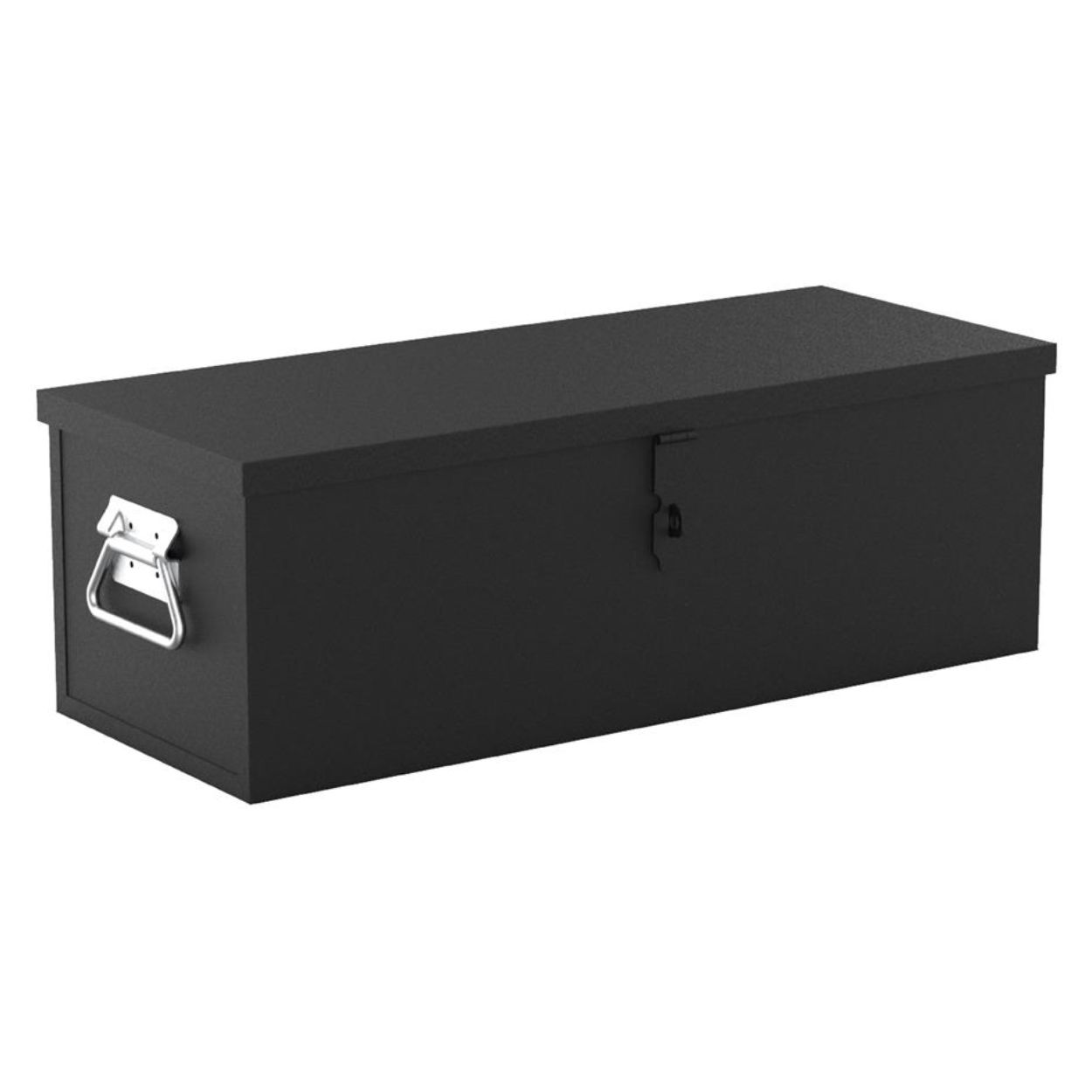
- Email: [email protected]
- Address: Yongjiang Industrial Park, Ningbo, Zhejiang
This article explores the crucial factors to consider when determining the right size tool chest for your needs. As a leading tool chest manufacturing vendor, we understand the importance of having adequate and organized storage for your valuable tools. Whether you’re a professional contractor, a DIY enthusiast, or somewhere in between, this guide will help you navigate the world of tool chests, cabinets, and toolboxes, ensuring you choose the perfect storage solution to keep your hand and power tools safe, accessible, and well-organized. We’ll delve into various tool box types, storage capacity considerations, and practical tips to help you make an informed decision.
Understanding the difference between a tool chest and a tool cabinet is fundamental to making the right choice. While both are designed for tool storage, they differ in size, configuration, and mobility. A tool chest is typically smaller and more compact, often featuring multiple drawers for organizing hand tools and smaller items. Tool chests are often portable or designed to sit atop a workbench or rolling tool cabinet. Our rolling metal tool cabinets might be what your company is looking for.
A tool cabinet, on the other hand, is larger and often stationary. Tool cabinets typically have drawers of various sizes, and sometimes doors that conceal shelves, offering ample storage capacity for a wider range of tools, including power tools and larger equipment. Cabinets and chests are combined in many cases. A tool chest generally sits on top of a tool cabinet to create a tool storage system that keeps your tools organized and provides a work surface on top.
Tool box types vary widely to accommodate different needs and preferences. Portable tool boxes are designed for easy transport and are ideal for contractors or individuals who need to move their tool collection frequently. They come in various materials, including plastic, steel, and aluminum. Rolling tool chests are larger portable tool units with wheels (caster), making it easy to move them around a workspace or job site. If you need a rolling tool cart, our company offers those.
Stationary tool chests and cabinets are designed for fixed locations, such as a workshop or garage. These units typically offer a larger storage capacity than portable options. Some tool cabinets feature a pegboard on the interior or exterior, providing additional storage and organization options. They provide secure storage and help keep your tools secure and prevent unauthorized access. They also help organize tools by type or size.
Determining the right tool storage capacity involves assessing your current tool collection and anticipating future needs. Consider the number and size of your hand tools, power tools, and other equipment. If you have many small items, such as sockets, wrenches, and screwdrivers, a tool chest with multiple shallow drawers might be suitable. For larger tools, such as circular saws or drills, you’ll need deeper drawers or a cabinet with adjustable shelves.
It’s also wise to consider future tool purchases. If you plan to expand your tool collection, choose a tool chest or cabinet with extra storage space. A good rule of thumb is to choose a unit with at least 20-30% more capacity than you currently need. This allows for growth and prevents overcrowding, making it easier to find what you need quickly.
The choice between a portable tool box and a stationary tool chest depends on your work style and mobility needs. If you frequently work in different locations or need to transport your tools to a job site, a portable tool box or rolling tool chest is the way to go. Portable boxes are designed to be lightweight and easy to carry.
If your work is primarily confined to a single workspace, such as a workshop or garage, a stationary tool chest or cabinet might be a better option. Stationary units offer greater storage capacity and are often more durable than portable options. They can also provide a stable work surface for projects.
A well-chosen tool cabinet can significantly enhance your workspace by providing organized tool storage, improving efficiency, and creating a more professional environment. With designated drawers and compartments for different types of tools, you can quickly locate the tool you need, saving time and reducing frustration.
Tool cabinets also help protect your tools from dust, moisture, and damage. Many tool cabinets feature locking mechanisms to keep your tools secure and prevent unauthorized access. Additionally, a tool cabinet can contribute to a more organized and visually appealing workspace, which can boost morale and productivity.
When selecting a tool chest or cabinet, consider the following key features:
Organizing your tools effectively within a tool chest or cabinet is key to maximizing efficiency and accessibility. Start by grouping similar tools together. For example, keep all your sockets and ratchets in one drawer, screwdrivers in another, and pliers in another. You can further organize tools by size or frequency of use.
Consider using drawer liners to protect the drawers and prevent tools from sliding around. Tool holders, such as socket organizers or wrench racks, can help keep small items organized within drawers. Pegboards, either inside the cabinet or mounted on a wall, are great for hanging frequently used hand tools.
Tool chests and cabinets are typically made from steel, aluminum, or plastic. Steel tool chests are the most common and are known for their durability and strength. They can withstand heavy use and provide excellent protection for your tools. Aluminum tool boxes are lighter than steel and are resistant to rust and corrosion. If you are looking for an OEM Tool Storage Products, we offer these.
Plastic tool boxes are the most affordable option and are lightweight and easy to carry. However, they are generally less durable than steel or aluminum and may not be suitable for heavy-duty use. The choice of material will depend on your budget, the weight of your tools, and your personal preferences.
A drawer top chest is an excellent addition to any workshop or garage, providing both storage and workspace. It is a tool chest designed to sit on top of a workbench or a rolling tool cabinet. This creates a multi-tiered tool storage system. The drawers offer ample space for organizing hand tools, while the top surface can be used as an additional work surface. We offer workbenches to combine with your drawer top chest.
Drawer top chests are available in various sizes and configurations. When choosing one, consider the dimensions of your workbench or rolling cabinet to ensure a proper fit. Look for a drawer top chest with a variety of drawer sizes to accommodate different types of tools. The top surface should be durable and able to withstand the rigors of daily use.
What is the best size tool chest for a beginner?
For a beginner, a mid-size tool chest with 3-5 drawers is usually sufficient. This provides enough space for essential hand tools and allows room for growth as you acquire new tools.
Can I use a tool chest as a workbench?
While some tool chests have a flat top that can be used as a makeshift work surface, they are not designed to withstand the same level of stress as a dedicated workbench. It’s generally best to use a separate workbench for heavy-duty tasks.
How do I secure my tools in a tool chest or cabinet?
Most tool chests and cabinets come with built-in locking mechanisms. Use these locks to keep your tools secure and prevent unauthorized access. You can also use padlocks for added security.
What is the difference between a tool chest and a tool bag?
A tool chest is a rigid storage unit with drawers, while a tool bag is a soft-sided bag with pockets and compartments. Tool chests offer better protection and organization for tools, while tool bags are more portable and convenient for carrying a small selection of tools.
How do I clean and maintain my tool chest or cabinet?
Regularly wipe down the exterior of your tool chest or cabinet with a damp cloth to remove dust and debris. Clean the drawers and work surface as needed. Lubricate the drawer slides periodically to ensure smooth operation.
Are expensive tool chests worth the investment?
High-quality tool chests from reputable manufacturers often come with a higher price tag, but they are typically built to last and offer better features, such as heavy-duty construction, smooth drawer slides, and secure locking mechanisms. Investing in a quality tool chest can save you money in the long run by protecting your tools and providing years of reliable service.
| Feature | Tool Chest | Tool Cabinet |
|---|---|---|
| Size | Typically smaller, compact | Larger, often stationary |
| Portability | Often portable or designed to sit atop a workbench | Usually stationary |
| Drawers | Multiple drawers for organizing hand tools | Drawers of various sizes, sometimes doors concealing shelves |
| Storage Capacity | Moderate | High, suitable for a wide range of tools, including power tools |
| Work Surface | May have a flat top, but not designed as a workbench | Some models feature a built-in work surface |
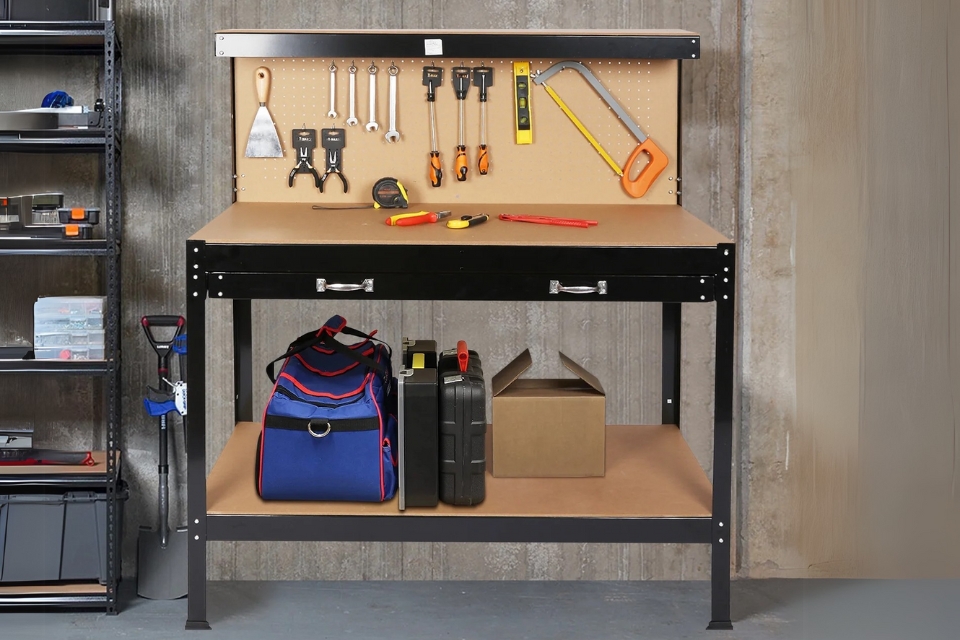
This article delves into the differences between workbenches and workstations, focusing on their applications within various industrial settings.

This article delves into the crucial question of whether garage cabinets need backs, exploring the structural and functional implications of this design choice.
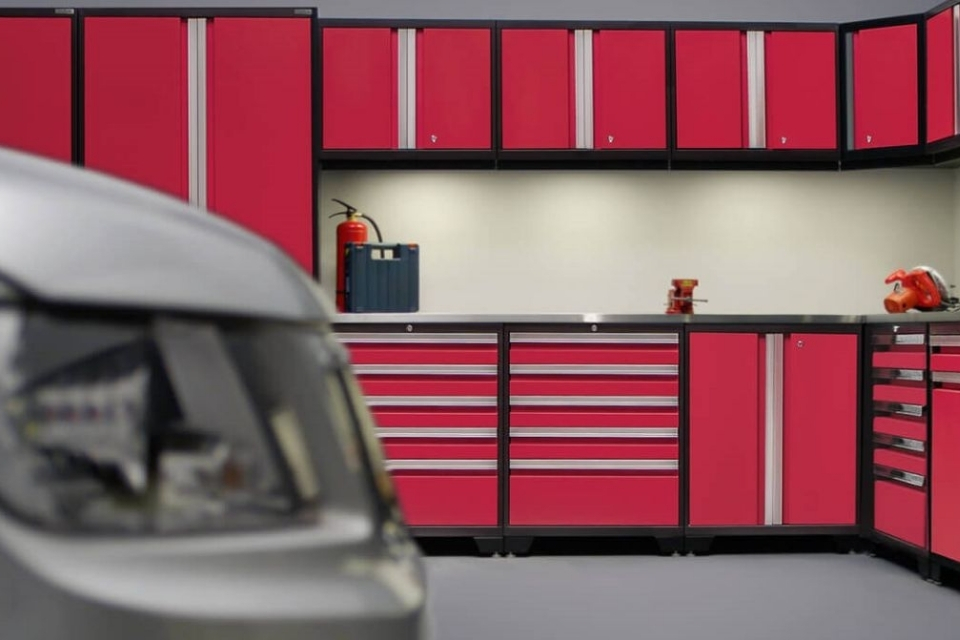
This article provides a comprehensive guide to designing an effective garage storage system, offering practical tips and innovative garage storage ideas to transform your cluttered garage into an organized and functional space.

This article offers a comprehensive guide to tool box organization, providing practical tips and innovative organization ideas to help you arrange your tools efficiently.
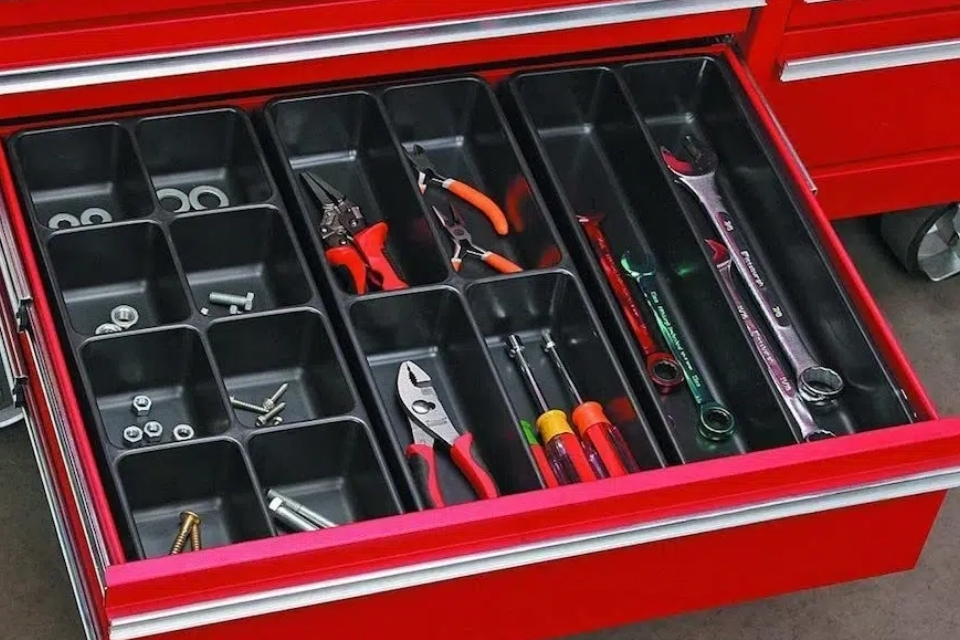
This article provides a comprehensive, step-by-step guide to installing a truck tool box, ensuring your tools are securely stored and easily accessible.

This article explores the best color choices for garage cabinets, helping you select hues that enhance both the functionality and visual appeal of your garage.
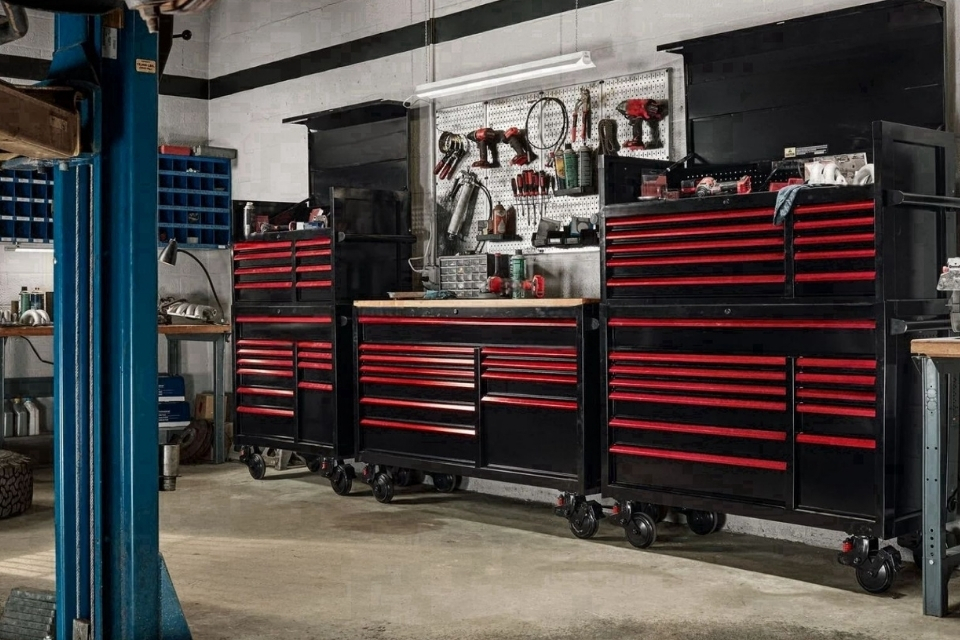
This article dives into the distinctions between a tool box and a tool chest, exploring their features, benefits, and ideal use cases.

This article provides a comprehensive, step-by-step guide to installing a truck tool box, ensuring your tools are securely stored and easily accessible.

We are the leading factory for tool cabinets product in China with fast delivery, free custom services and fantastic services.
@ 2024 The Tool Cabinets. All right reserved.
Fill out the form below, and we will be in touch shortly.